According to the Organisation for Economic Co-operation and Development estimates, transportation accounts for 27 percent of global carbon emissions. Powered by fossil fuels, road-based transportation contributes 80 percent of these emissions and therefore countries are aggressively pushing for the electrification of vehicles. While major advances have been made for passenger cars and air transport, water transport is still lagging. Yara’s new cargo ship might just lead the way.
Category: economics – Page 52
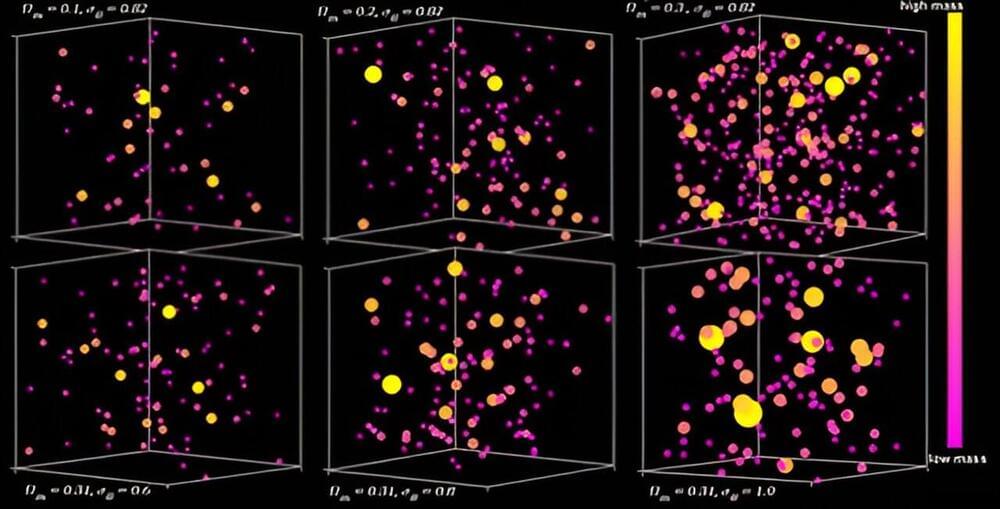
Matter found to comprise 31% of the total amount of matter and energy in the universe
One of the most interesting and important questions in cosmology is, “How much matter exists in the universe?” An international team, including scientists at Chiba University, has now succeeded in measuring the total amount of matter for the second time. Reporting in The Astrophysical Journal, the team determined that matter makes up 31% of the total amount of matter and energy in the universe, with the remainder consisting of dark energy.
“Cosmologists believe that only about 20% of the total matter is made of regular or ‘baryonic’ matter, which includes stars, galaxies, atoms, and life,” explains first author Dr. Mohamed Abdullah, a researcher at the National Research Institute of Astronomy and Geophysics-Egypt, Chiba University, Japan. “About 80% is made of dark matter, whose mysterious nature is not yet known but may consist of some as-yet-undiscovered subatomic particles.”
“The team used a well-proven technique to determine the total amount of matter in the universe, which is to compare the observed number and mass of galaxy clusters per unit volume with predictions from numerical simulations,” says co-author Gillian Wilson, Abdullah’s former graduate advisor and Professor of Physics and Vice Chancellor for research, innovation, and economic development at UC Merced.
Why Go With an Evil-Looking Orb?
But OpenAI isn’t Altman’s only project, and it’s not even his only project with ambitions to change the world. He is also a co-founder of a company called Tools for Humanity, which has the lofty goal of protecting people from the economic devastation that may arise from AI taking human jobs. The company’s first major project is Worldcoin, which uses an evil-looking metallic orb—called the Orb—to take eyeball scans from people all over the world.
Those scans are converted into unique codes that confirm you are a real, individual human, not a bot. In the future, this will theoretically grant you access to a universal basic income parceled out through Worldcoin’s cryptocurrency, WLD. (You will want this because you will not be able to find work.) More than 2 million people in 35 countries have been scanned already, according to Tools for Humanity’s World ID app. Although it’s not yet available in the United States, the WLD token has been distributed elsewhere, and the company has also recruited users through cash incentives in countries such as Indonesia and Kenya.
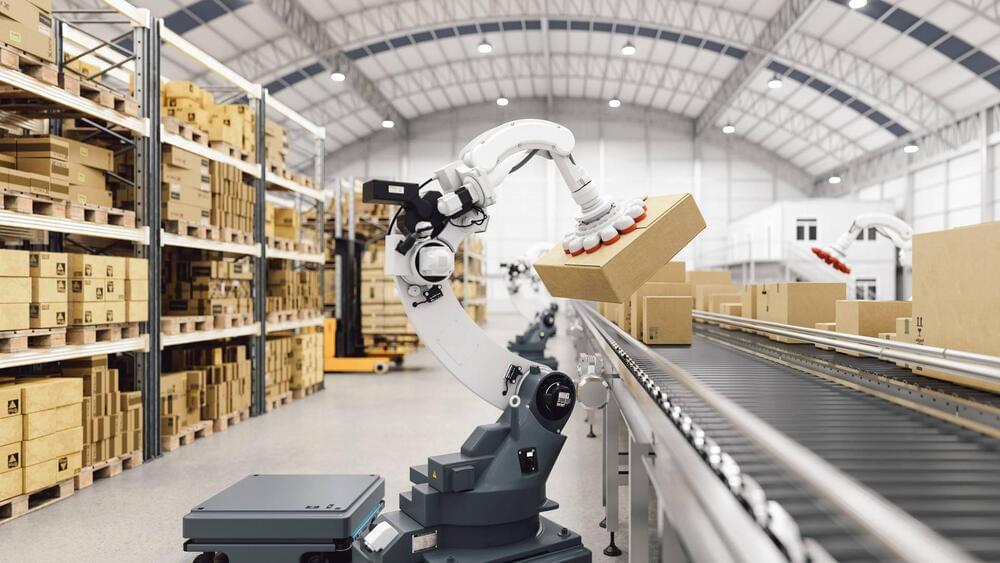
Korea leads the world in manufacturing robots, US is seventh
Recent data shows that both Korea and China are ahead of the US in terms of ratios of robots to manufacturing workers.
Robot use is an indication of economic prosperity and growth throughout the world. The ratio of industrial robots to manufacturing workers is one of the most frequently used approaches to benchmarking robot adoption rates.
The International Federation of Robotics (IFR) publishes statistics on robot utilization worldwide in manufacturing. Its most recent data is from 2021 and shows Korea leading the way in terms of robot use in manufacturing.

What Large Models Cost You — There Is No Free AI Lunch
GPT-4, PaLM, Claude, Bard, LaMDA, Chinchilla, Sparrow – the list of large-language models on the market continues to grow. But behind their remarkable capabilities, users are discovering substantial costs. While LLMs offer tremendous potential, understanding their economic implications is crucial for businesses and individuals considering their adoption.
While LLMs offer tremendous potential, understanding their economic implications is crucial for businesses and individuals considering their adoption.
First, building and training LLMs is expensive. It requires thousands of Graphics Processing Units, or GPUs, offering the parallel processing power needed to handle the massive datasets these models learn from. The cost of the GPUs, alone, can amount to millions of dollars. According to a technical overview of OpenAI’s GPT-3 language model, training required at least $5 million worth of GPUs.

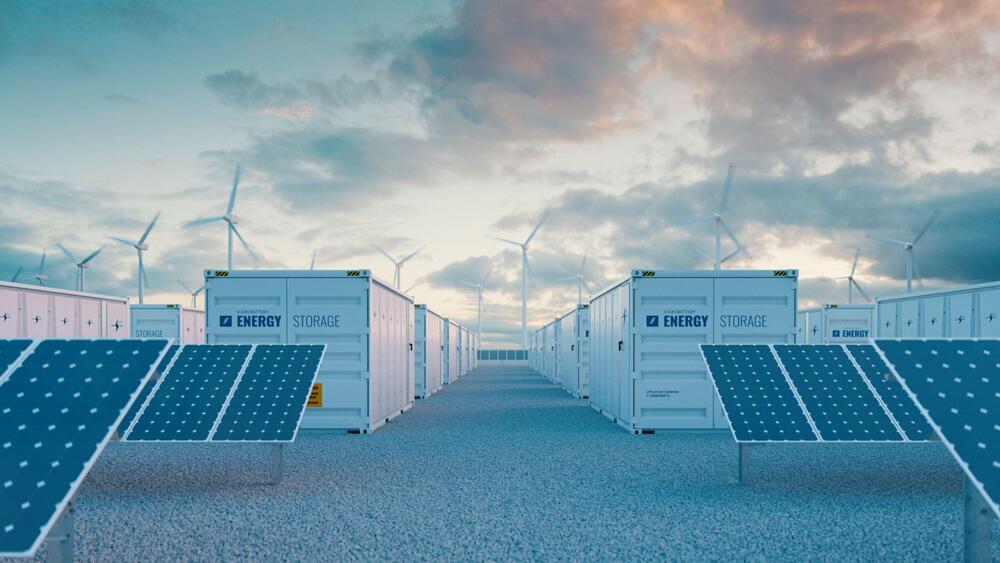
Zinc bromide batteries get US government help to scale up
A new facility will be able to produce battery capacity to power 130,000 homes on a daily basis using renewable energy.
Zinc halide batteries touted as a low-cost alternative to battery energy storage system (BESS) have received a significant boost in the US after the Department of Energy (DOE) offered a $400 million loan to help scale production and reduce manufacturing costs, a press release said. The offer will cover setting up of four production lines at battery maker Eos’ facility in Turtle Creek, Pennsylvania.
Lithium-ion batteries are a crucial component of our attempts to switch to a greener economy powered by renewable energy. Although the technology is ubiquitous these days and powers everyday devices like smartphones and even electric vehicles (EVs), it is still very expensive.

How Huawei’s new chip changes the US-China tech landscape
The recent unveiling of Huawei Technologies’ Mate 60 Pro smartphone has sparked a whirlwind of chatter across political, economic, and technological spectrums. The device, a showcase for China’s growing prowess in semiconductor technology, has left industry insiders debating whether it signifies a significant milestone in the US-China technology cold war.
Ever since Huawei was blacklisted by the US in 2020, denying it access to state-of-the-art American chip technologies, the tech giant has been cloaked in secrecy. In this mysterious atmosphere, the launch of Mate 60 Pro has become the subject of intense scrutiny, primarily due to the chip powering it—dubbed Kirin 9000s.
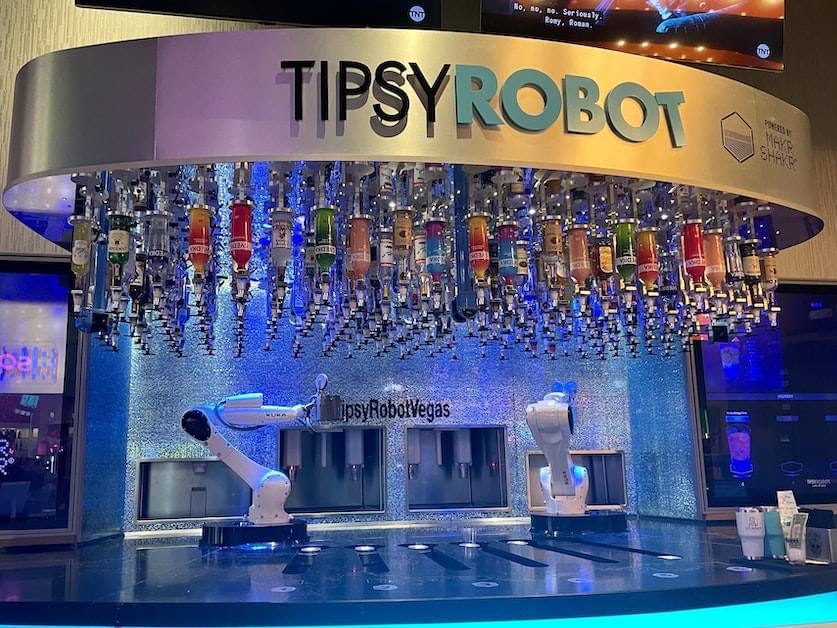
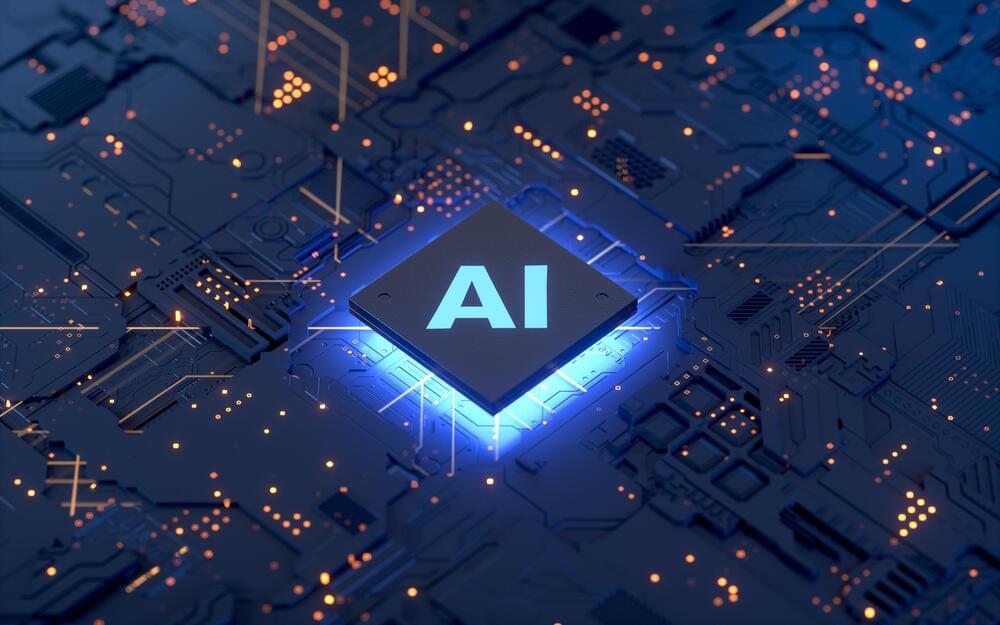
Artificial Intelligence: Transforming Healthcare, Cybersecurity, and Communications
Please see my new FORBES article:
Thanks and please follow me on Linkedin for more tech and cybersecurity insights.
More remarkably, the advent of artificial intelligence (AI) and machine learning-based computers in the next century may alter how we relate to ourselves.
The digital ecosystem’s networked computer components, which are made possible by machine learning and artificial intelligence, will have a significant impact on practically every sector of the economy. These integrated AI and computing capabilities could pave the way for new frontiers in fields as diverse as genetic engineering, augmented reality, robotics, renewable energy, big data, and more.
Three important verticals in this digital transformation are already being impacted by AI: 1) Healthcare, 2) Cybersecurity, and 3) Communications.